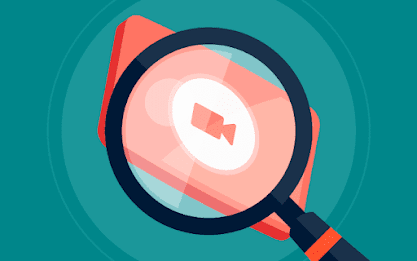Do you know how much time it takes to optimize your site? The answer is about 10 hours, according to this study by Google. That’s more than a full work day!
In order to save yourself that much time, here are some Shopify SEO tips that can help you out. There are many ways in which you can improve your website’s search engine rankings for free. Some of them are quite obvious while others require some effort on your part.
A lot depends on the type of product you sell. For example, if you have a clothing line, then the keywords associated with clothes are going to be different from those used for kitchenware or electronics. So, before jumping into any optimization strategy, it is important to first identify what type of product you are selling. Once you do that, you will have an idea about which keyword phrases to target.
Here are some basic Shopify SEO tips that you can start off with:
1. Create a Site Hierarchy: This is one of the most fundamental aspects of optimizing your website, especially when you don’t already have a site hierarchy in place. A site hierarchy basically refers to a series of levels, each level being associated with a particular keyword phrase. In other words, every level corresponds to a keyword phrase. If your product falls under one particular keyword phrase, then put all its related items under the same level (i.e., category). It is also important to note that not all categories should be at the same level. You need to decide upon the right number of levels and then proceed accordingly.
2. Use Data-Driven Keyword Research: Search engines love data. When they index your website, they want to make sure that they get as much information as possible so that they can provide users with the best results. One way to achieve this is through using data. Using data-driven keyword research has become increasingly popular among the top websites across the world. All websites use this method because it provides them with tons of data regarding their competitors. When you use this method, it will help you determine the most relevant keyword phrases that you can use to increase your website’s traffic.
3. Optimize Metadata: Most people just create a page and publish it without thinking about whether they are able to add proper metadata. Metadata refers to the information that is attached to a single webpage. For instance, if you add tags, description, and keywords to a particular page, it becomes easier for the Search Engine Robots to understand what the page is about. These things also tell the crawlers how well optimized your website is. Therefore, you must ensure that you have added all these elements to all your pages.
4. Add Alt Text to Images: Many people tend to ignore adding alt text to their images since they believe that they don’t need it. However, this is simply not true. Adding alternative text to images helps the spiders crawl your website better. In addition, it makes it easy for users who view the image via mobile devices. By adding alt text to images, you increase the chances of getting indexed faster, thereby improving user experience.
5. Start Blogging: Blogs are often ignored by newbies because they think that they aren’t very useful. But, blogs are actually very powerful. They allow you to share news. It gives you an opportunity to show off your knowledge and expertise. In addition, they act as excellent resources for building backlinks. And finally, they offer you opportunities to generate revenue by selling advertising space.
6. Incorporate Video and Engaging Media: While videos are extremely effective for increasing brand awareness, they are also very effective for increasing sales. Videos are also great for generating engagement. Videos allow you to capture the attention of your potential customers and keep them engaged throughout the entire process.
7. Optimize Site Speed: People are becoming increasingly impatient these days. As such, it is important for you to focus on improving your site’s speed. Slow load times can turn away potential customers, resulting in lower conversions. To enhance your site speed, check out our guide on how to reduce page load times on Shopify stores.
8. Remove Duplicate Content from Your Store: Another common mistake that newbie entrepreneurs often make is to include duplicate content within their store. This happens due to a lack of understanding of the importance of removing duplicate content. When you see duplicate content on your website, you lose out on two things:
a) You lose the chance to rank higher for your primary keyword phrase.
b) You lose the chance to establish trustworthiness within the eyes of the search engines.
To avoid duplicating content on your website, follow these simple steps:
First, remove all duplicate content from your website. Second, take care to ensure that the content you are adding to your website is unique. Third, link your content from the homepage to the product pages. Fourth, make sure that you have removed all unnecessary links from your homepage. Fifth, use the canonical tag wisely. Finally, use sitemap.xml files to help you get rid of duplicate content.
9. Link Your Products Page From Homepage: One of the best ways to drive traffic to your store is by linking the products page from your homepage. Doing this allows you to display all of your products in a single page, thus making navigation simpler.
10. Optimize Site Speed: Since people are becoming increasingly impatient these days, it is imperative that you optimize your site speed. This is because slow loading speeds can turn away potential customers. To increase your site speed, try adding fewer plugins to your store. Also, remove unused scripts and CSS files and compress your images.




No comments:
Post a Comment